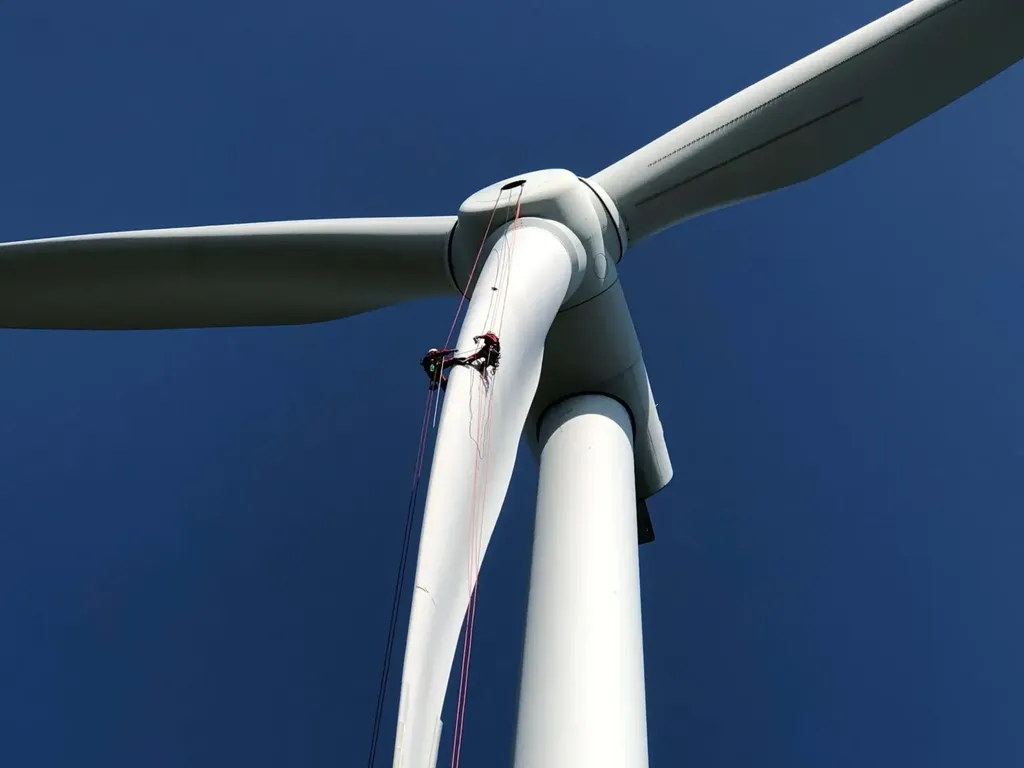In the quest for sustainable energy, wind turbines stand as towering sentinels, harnessing the power of the wind to fuel our future. Yet, these critical components of renewable energy systems are not invincible. They are susceptible to various forms of damage that can compromise their efficiency and lifespan. Enter Ferdi Doğan, a computer engineer from the University of Adıyaman in Turkey, who has developed a groundbreaking deep learning model named SatNET that could revolutionize the way we monitor and maintain wind turbines.
Doğan’s research, published in the journal ‘PeerJ Computer Science’ (translated from Turkish), introduces SatNET as a computational powerhouse, designed to detect and classify different types of damage in wind turbines with remarkable accuracy. The model was put to the test against 11 other deep learning models and the Faster Region-based Convulational Neural Network (R-CNN) object detection algorithm, using a dataset of 7,176 high-resolution images captured under varying weather conditions and angles.
The results were impressive. SatNET achieved average precision values ranging from 27.3% for vortex damage to a staggering 95.2% for serration damage. “SatNET demonstrated superior performance compared to frequently used models like ResNet50 and VGG19,” Doğan explained. But what truly sets SatNET apart is its computational efficiency. With a memory requirement of just 192 MB, it’s a lightweight champion, making it ideal for systems with limited memory and computational capacity.
The implications for the energy sector are significant. Wind turbines are a vital part of our renewable energy infrastructure, and their maintenance is a costly endeavor. Traditional methods of damage detection often involve manual inspections, which can be time-consuming and inefficient. SatNET offers a low-cost, real-time monitoring solution that could drastically reduce maintenance costs and improve the overall efficiency of wind turbines.
“This research can contribute to sustainability in renewable energy production by providing low-cost monitoring of damage and types in wind turbines,” Doğan said. By enabling early detection of damage, SatNET could extend the lifespan of wind turbines, reduce downtime, and ultimately, make wind energy more affordable and accessible.
The potential applications of SatNET extend beyond wind turbines. Its computational efficiency and accuracy make it a versatile tool that could be adapted for use in other areas of renewable energy, as well as in industries where real-time monitoring and detection are crucial.
As we continue to grapple with the challenges of climate change and the need for sustainable energy, innovations like SatNET offer a glimmer of hope. They represent a step forward in our ability to harness the power of renewable energy, and a testament to the power of human ingenuity in the face of complex challenges. In the words of Doğan, “The results obtained can contribute to sustainability in renewable energy production,” a sentiment that resonates with the global push towards a greener, more sustainable future.

